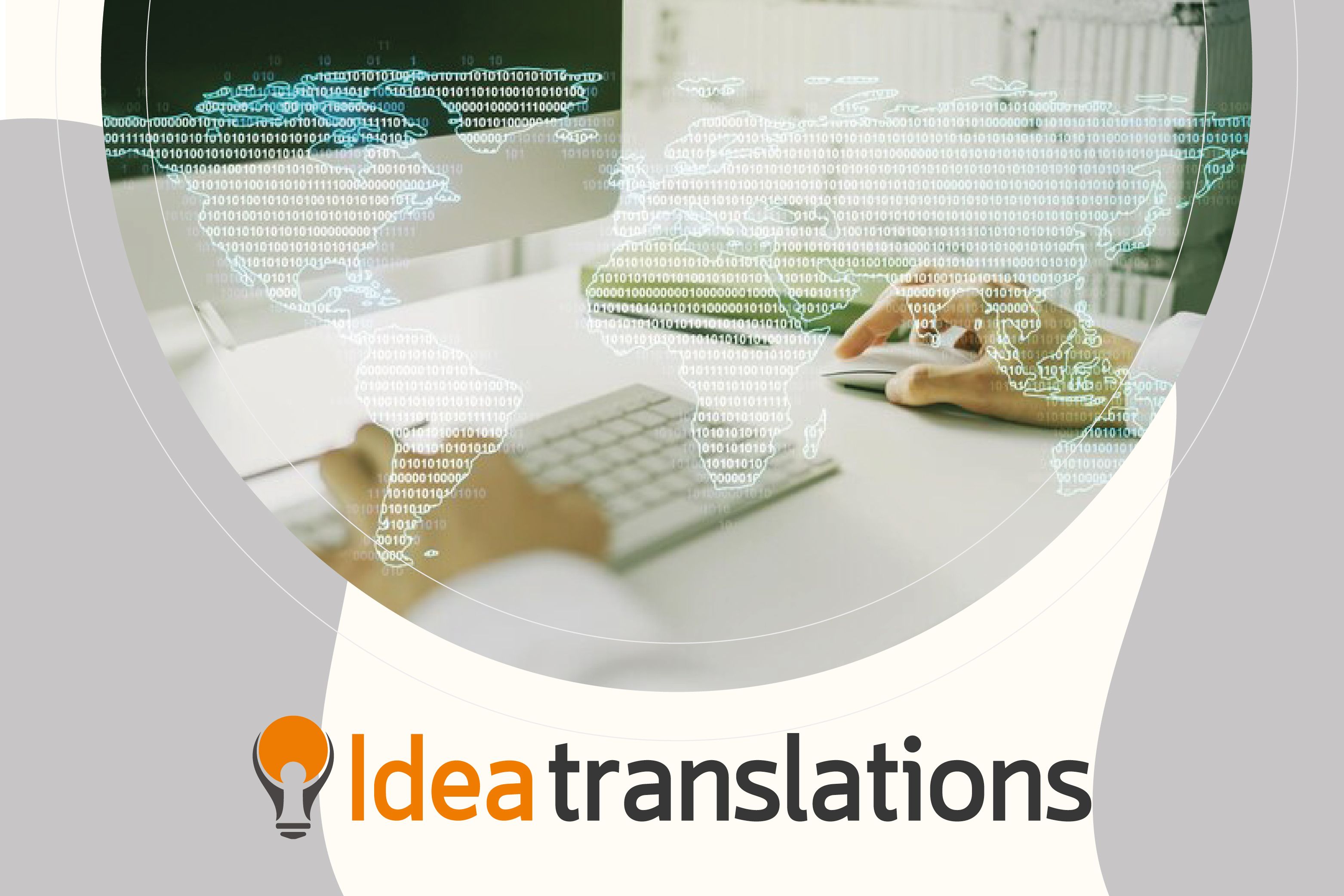
Scientific Translation: Bridging Language Barriers in the Pursuit of Knowledge
In an era of rapid scientific advancement and global collaboration, the role of scientific translation has become increasingly indispensable. It is the art of accurately conveying complex scientific concepts, data, and terminology from one language to another and serves as the linchpin for disseminating knowledge across linguistic barriers.
This specialized field demands not only linguistic proficiency but also a deep understanding of scientific principles and methodologies. From research papers and patents to technical manuals and regulatory documents, scientific translation plays a pivotal role in ensuring that scientific information is accessible and comprehensible to a diverse global audience. In this article, we explore the intricacies of scientific translation, its importance, challenges, and implications for the international scientific community.
The importance of scientific translation in disseminating scientific knowledge across linguistic barriers cannot be overstated. Science is an international endeavor, with researchers and scholars from around the world collaborating on projects, sharing findings, and advancing knowledge. Scientific translation enables seamless communication and collaboration among scientists and researchers who speak different languages, facilitating the exchange of ideas, methodologies, and discoveries on a global scale. It makes scientific literature and research accessible to a broader audience. By translating scientific papers, articles, journals, and other materials into multiple languages, researchers, students, and professionals worldwide can access valuable information, stay updated on the latest developments in their fields, and contribute to the advancement of science.
This area is distinguished by its highly terminological precision, as well as a profound understanding of the concepts. Errors in the translation of scientific texts can lead to misinterpretations or even trigger dangerous consequences. This highlights the need for having highly qualified translators.
Source: iDISC Information Technologies
Furthermore, in our interconnected world, safeguarding intellectual property rights is vital for scientists, researchers, and institutions. Scientific translation serves as a crucial tool in this endeavor by ensuring accurate translation and interpretation of technical terms, methodologies, and data. This accuracy preserves the integrity of scientific works, upholding the rights of authors and creators. Mistranslations could lead to misunderstandings or legal disputes, underscoring the importance of translators possessing both linguistic proficiency and deep subject matter expertise.
Scientific translation facilitates the global dissemination of scientific knowledge while protecting intellectual property. Translating research papers, patents, and technical documents into multiple languages broadens access to valuable information, enhances collaboration, and fosters innovation on a global scale. By bridging linguistic and cultural gaps, translators facilitate trust and respect in international collaborations while ensuring the integrity of intellectual property rights for all parties involved.
Translation also opens science to society, to the seven billion people who do not speak English and many more who do not use it as their first language. Among them are many people who contribute directly to science by collecting data, people who point to problems that need research, or people who need to use the fruits of science (teachers/trainers, architects, engineers, doctors, activists, policy makers, journalists, etc.) and amplify the societal benefit of science.
Source: Victor Venema, Dasapta Irawan, Oliver Czulo, Jo Havemann and Olivier Pourret
In essence, scientific translation serves as a critical bridge across linguistic boundaries, enabling seamless communication and collaboration among scientists, researchers, and professionals worldwide. Scientific translators facilitate the exchange of ideas, methodologies, and discoveries on a global scale, which not only fosters cross-cultural understanding and cooperation but also promotes the advancement of scientific knowledge and innovation across borders. By making scientific literature and research findings available in different languages, scientific translation democratizes access to knowledge, empowering individuals from various linguistic backgrounds to contribute to scientific progress and societal development. In today’s ever-evolving world of science, where international collaboration is paramount, scientific translation plays a pivotal role in driving innovation, fostering interdisciplinary partnerships, and addressing global challenges.



